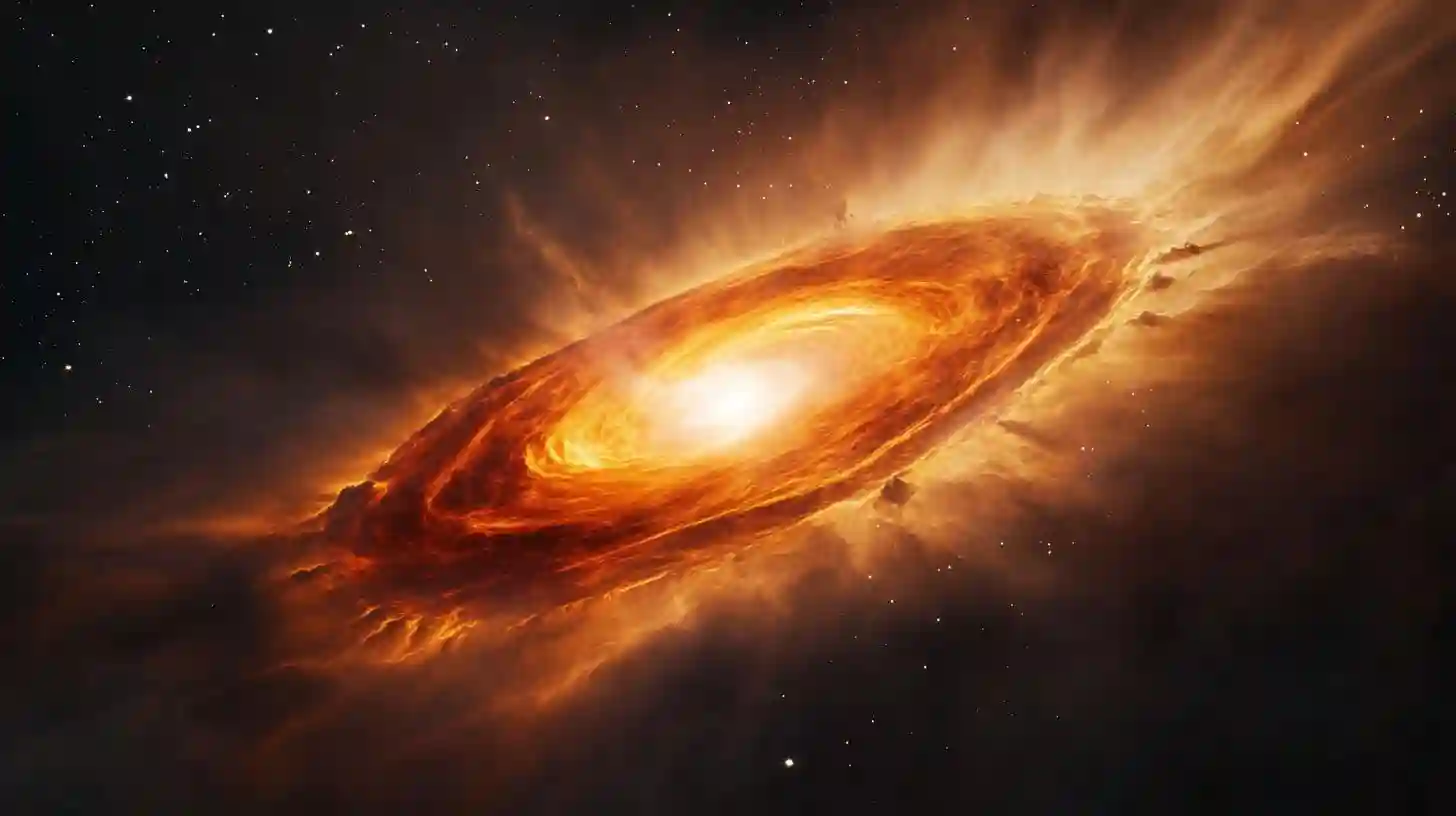
Knowledgetrovehq

Astronomers have long been captivated by the striking beauty and complexity of nebulae, vast cosmic formations that stand as testament to the universe's intricate processes. One of the most fascinating aspects of nebulae is their composition, often primarily consisting of hydrogen gas and plasma. These elements play a crucial role in the life cycle of stars and contribute significantly to the structure of galaxies. As researchers delve deeper into the study of these nebulae, they uncover details that shed light on the formation and evolution of celestial bodies, as well as the underlying physics of the cosmos.
Nebulae can be born from a variety of astronomical phenomena, including supernova explosions, stellar winds, and the remnants of dying stars. These processes contribute to the creation of vast clouds of gas and dust in the universe, often leading to the birthplaces of new stars. The hydrogen gas within these nebulae serves as the primary ingredient in nuclear fusion, the process that fuels stars and enables them to shine. When conditions are right, gravitational forces can cause this abundant hydrogen to collapse into dense regions, ultimately leading to the formation of protostars.
As astronomers observe nebulae, they utilize a range of tools and techniques to capture the intricate interactions taking place within these glowing clouds. Telescopes equipped with advanced imaging technology allow researchers to visualize the nebulae in different wavelengths of light, revealing previously unseen structures and dynamics. For instance, infrared observations can penetrate dense regions of dust, offering a view of star-forming regions obscured from optical telescopes. This meticulous study of nebulae not only provides insight into their physical characteristics but also enhances our understanding of the life cycles of stars.
The plasma found in nebulae adds another layer of complexity to these celestial structures. Plasma, which consists of ionized gases, is prevalent in regions where significant energy is being produced, usually from nearby young, hot stars. These stars emit ultraviolet radiation that ionizes the surrounding gas, causing it to glow and creating stunning visual displays that can be captured by astronomers. These interactions between stars and their surrounding nebulae are often responsible for the remarkable and vivid colors observed in astronomical images, with different elements emitting distinct wavelengths of light.
Astronomers have classified nebulae into several categories based on their characteristics and the processes occurring within them. Emission nebulae are a prime example, as they are predominantly composed of ionized gases that emit light due to the excitation from nearby stars. Reflection nebulae, on the other hand, do not emit their own light but instead scatter light from adjacent stars, casting a subtle glow over their surroundings. Dark nebulae, characterized by their opacity, are dense clouds of gas and dust that obscure light from behind them, providing a contrast that allows viewers to appreciate their structure against the backdrop of the universe.
The study of nebulae not only illuminates the processes that govern star formation but also enriches our understanding of elemental distribution in the universe. The nucleosynthesis that occurs within stars produces heavier elements, which are eventually expelled into surrounding nebulae upon a star's death. As these elements mix with the primordial hydrogen and helium from the Big Bang, they contribute to the cosmic abundance of elements necessary for planet formation and, ultimately, the evolution of life. The music of the cosmos thus reverberates through these swirling clouds, each note a reminder of the grandeur and complexity of the universe.
Additionally, nebulae serve as laboratories for testing theories of astrophysics, including those related to turbulence, magnetic fields, and the impact of radiation on gas dynamics. By observing the interactions within these vast clouds, astronomers can gather data to refine their models, gaining deeper insights into the fundamental workings of the universe. These cosmic laboratories provide an invaluable opportunity not only to study the birth and death of stars but also to unravel the mysteries of dark matter and dark energy, two elements that dominate our understanding of the universe yet remain elusive.
In essence, the exploration of nebulae is a journey through the universe’s most intricate and beautiful structures. As astronomers continue their investigations, the sheer scale and significance of these gaseous wonders become increasingly apparent. From the vibrant hues of emission nebulae to the perplexing silhouettes of dark nebulae, every observation serves as a reminder of the universe's incredible diversity and dynamic nature. The expansion of our knowledge in this field is poised to reshape our understanding of astrophysics as scientists strive to elucidate the fascinating processes that govern these celestial enigmas.